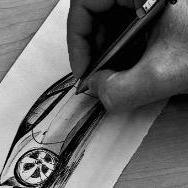FPT - 1.8 in Alluminio, Turbo ID, doppio Variatore, fino a 300 CV
-
Contenuti simili
-
PSA e Punch Powertrain: JV per l'ibridazione 1 2
Pubblicato da Beckervdo,
- psa
- punch powertrain
- (e 3 altri in più)
- 18 risposte
- 4043 visite
-
FCA - 1.0 N3 BSG (FireFly MHEV 12 V) 1 2 3 4 13
Pubblicato da __P,
- ibrido fiat
- mhev
- (e 16 altri in più)
- 122 risposte
- 30858 visite
-
FCA - 1.0 e 1.3 MultiAir III - Motori GSE (FIREFLY) e GME 1 2 3 4 149
Pubblicato da RiRino,
- iniezione diretta
- multiair
- (e 14 altri in più)
- 1488 risposte
- 500226 visite
-
-
-









.thumb.jpg.d20c5008a881490f9c7f843d442a34f8.jpg)




.thumb.jpg.4ff109755894c3c33aafab6b2d0daf4d.jpg)









Messaggi Raccomandati:
Crea un account o accedi per lasciare un commento
Devi essere iscritto per commentare e visualizzare le sezioni protette!
Crea un account
Iscriviti nella nostra community. È facile!
Registra un nuovo accountAccedi
Sei già registrato? Accedi qui.
Accedi Ora